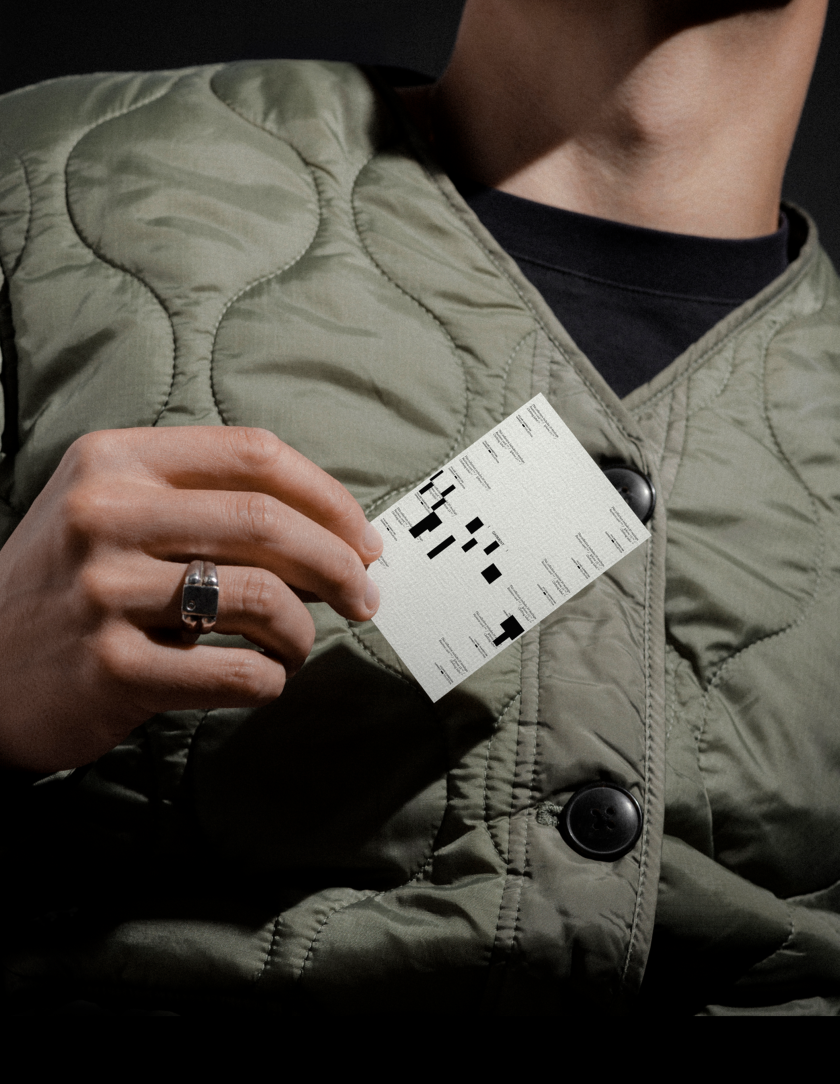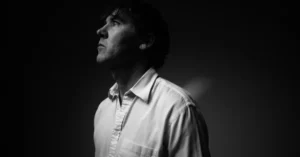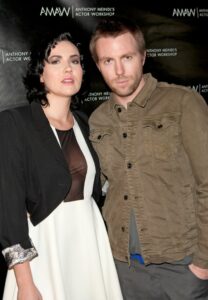‘I want to make resources that feel real’: Paul Metsers on Akoya Mockups


Akoya Mockups aims to bring a sense of authenticity to portfolio presentations. We chatted with its founder, Paul Metsers, about a passion project that resonates with thousands worldwide.
In a world of AI slop, creating tools that feel authentic has become increasingly valuable. Paul Metsers has built a business around this very principle: developing mockups that don’t just showcase design work, but elevate it through thoughtful realism.
Akoya Mockups began as a passion project and has since evolved into a trusted resource for creative professionals seeking to present their work in an authentic manner.
We chatted with Paul to find out what inspired him to launch Akoya Mockups, what’s different about it, and how it can help designers in their day-to-day jobs.
Origin Story
The project came about because, after years of freelancing for brands such as WeTransfer and Loop Earplugs, Paul recognised a significant gap in the design marketplace. “I wanted to make mockups that felt real,” he explains. “Not just polished templates, but tools that could actually help other creatives show up confidently.”
So, drawing from his background in fashion photography and design, he set out to create resources that capture the subtle interplay of light, texture, and environment, helping to make designs feel alive in their presentation.



“The name Akoya comes from the Japanese pearl,” Paul explains. “It represents simplicity, elegance and quiet strength. That’s the vibe I’ve always chased in my own work: clean, intentional design that lets the idea speak for itself. Akoya pearls, in particular, have this subtle elegance that really resonated with the kind of work I was aiming to make. “
Gap in the Market
For Paul, the transition from freelancing to creating mockups was less a pivot and more a progression. “There wasn’t really a single ‘aha’ moment—it was more of a slow realisation,” he reflects. “I’ve always had an interest in bringing together my background in fashion photography with design, and mockups seemed like a natural way to explore that overlap.”
What began as experimentation, though, eventually revealed a significant gap in the market. “I noticed there weren’t many options out there that felt photographic or truly realistic, and I just started experimenting from that place,” he explains.


“At the time, most mockups I came across were either very clean 3D renders or overly stylised scenes. They served a purpose, but I felt something was missing, mainly that photographic layer of realism. I wanted to create something that felt closer to how design actually exists in the world—light, shadow, surface texture, all those subtle things.”
When developing new mockups, Paul follows a thoughtful methodology. “Each set usually starts with a mood board—something that helps establish tone, lighting, and materiality. From there, it’s a mix of location scouting, prop curation, and experimenting with light.”
Rather than technical perfection, he prioritises emotional resonance. “I think about what kind of design would live naturally in that space,” he says. “I’m less interested in creating a technically perfect scene and more in building something that feels emotionally grounded.”
He adds: “Having worked on the design side for a while, I know how frustrating it can be when the right mockup just doesn’t exist—or when the ones available feel too stiff or generic. I try to design with that in mind. I think about what would’ve helped me in past projects and use that as a guide. It’s really just about making the process smoother.”
Community Feedback
With 35,000 Instagram followers, Akoya Mockups has already cultivated a substantial community. And this audience provides valuable feedback. “I pay close attention to how people use the mockups in real projects—what they gravitate toward, what they modify, what they struggle with,” explains Paul. “Seeing that gives me direction for what to improve or simplify in the next release. It also reminds me who I’m building for.”


It’s a lot of work, but there’s a big payoff. “Honestly, every time I see someone use an Akoya mockup for their own work, it’s rewarding,” Paul enthuses. “Seeing how a mockup becomes part of a design’s final presentation… it feels collaborative in a way. Like the work continues beyond me.”
Looking ahead, Paul believes mockups will continue to play an important role in design workflows. “They help bridge that gap between concept and reality,” he points out. “As digital experiences become more refined, there’s a growing need for presentation tools that meet that same standard. I also hope the focus shifts more toward authenticity and tools that support the narrative behind the design and prioritise realism over artificiality.”





